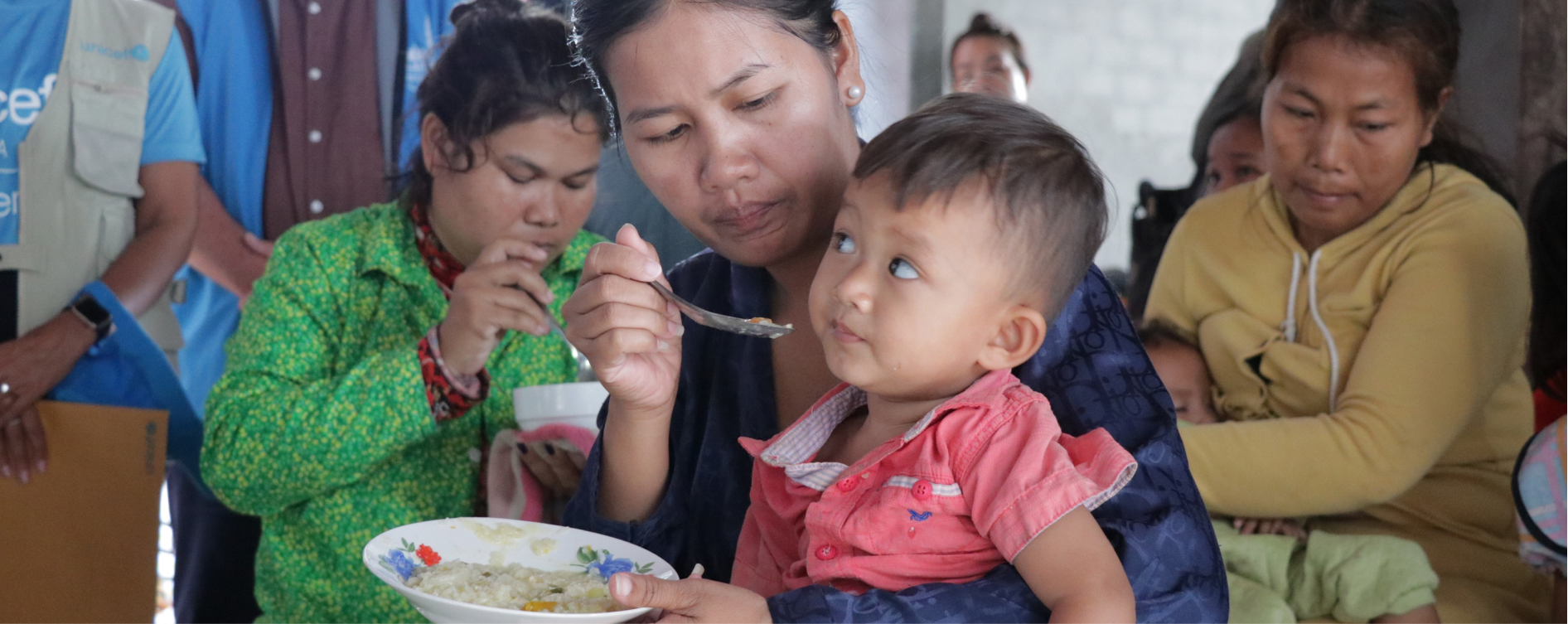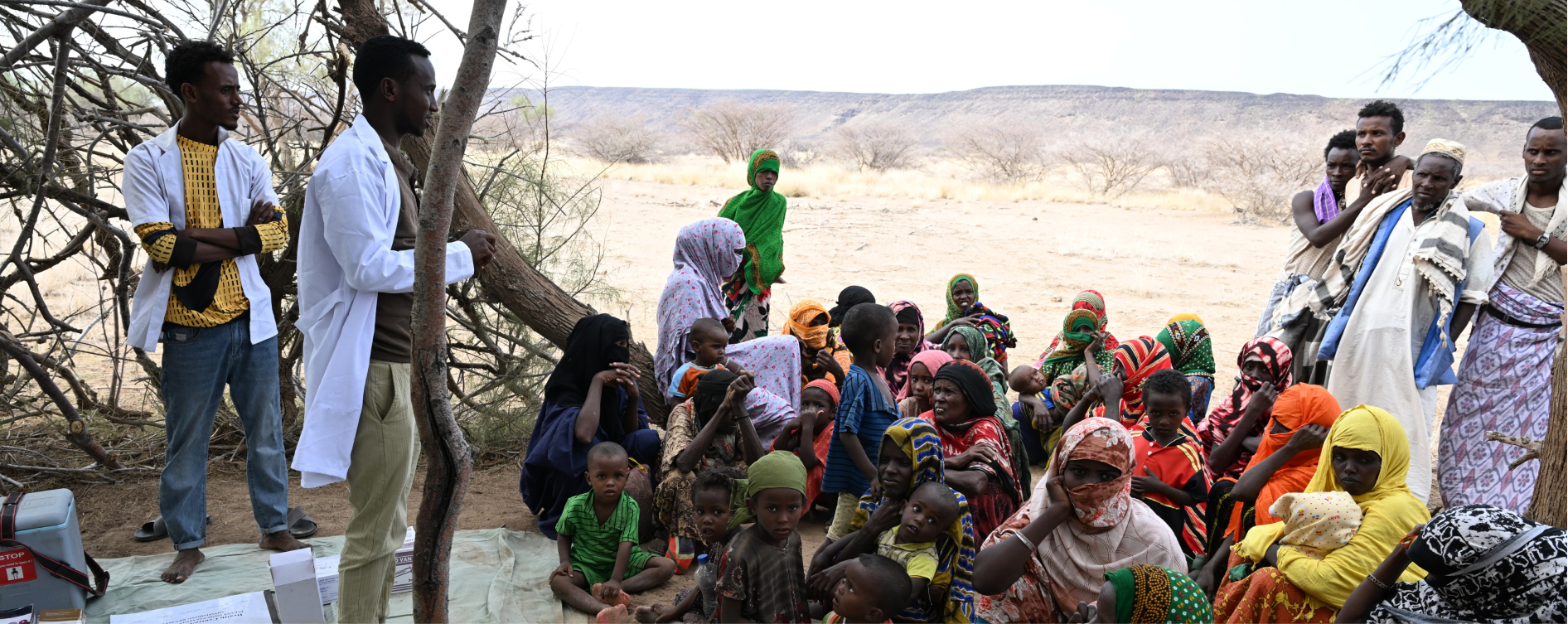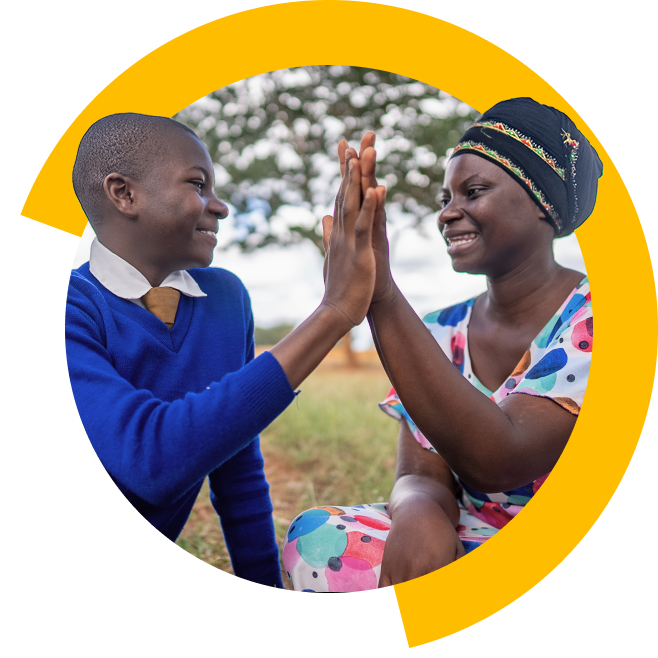
When a child has the right nutrition, the positive impacts have rippling effects across their health, education and social and economic outcomes.
As we enter 2025, nearly half of all deaths of children under the age of five are linked to undernutrition, with the majority occurring in lower- and middle-income countries. This issue is further perpetuated and intensified by economic insecurity and climate change.
The goal of eliminating child malnutrition is within the grasp of governments, institutions and civil society. The question should not be if, but when. We are seeing progress every year: from revolutionising the ways in which we finance nutrition, to scaling evidence-led initiatives and integrating other health and services with nutrition.
By accelerating these efforts and deepening our local and global partnerships, we can achieve faster results to bring an end to child malnutrition sooner.
CIFF’s work on the Child Nutrition Fund (CNF), a UNICEF-led financing mechanism which spurs multi-sectoral action and encourages governments to invest in nutrition, continued in 2024.
In 2024, the CNF continued to incentivise domestic investments in tackling malnutrition, taking the total matched to date to $27.5 million. This matching mechanism has resulted in double the amount of nutrition commodities countries were able to buy, to the value of $55 million.
The majority of this funding has gone towards providing life-saving treatment with Ready to Use Therapeutic Food (RUTF) to children suffering from severe acute malnutrition in over 15 African and Asian countries.
For the first time, in 2024 countries also started to use the CNF match mechanism for the purchasing of Small Quantity Lipid Based Nutrient Supplements, used for the prevention of child wasting.


In continuation of our partnership with CNF, in June we partnered with UNICEF’s UK Soccer Aid campaign to match the public’s donations whilst raising the visibility of the issue of malnutrition to the wider public.
The funds raised through this partnership ($10 million), alongside co-funding from domestic government and FCDO resources, were programmed towards a new Child Nutrition Fund programme in Bangladesh that will ensure 60% of all pregnant women in the country have access to Multiple Micronutrient Supplements (MMS), nutrition education and counselling.

Investing in evidence-based solutions and supporting innovation is the best route towards ensuring women and girls have the agency to make their nutritional choices. MMS, a formulation of vitamins and minerals to support a healthy pregnancy, is an important product for both maternal and newborn health when offered as part of key antenatal services. CIFF's work in Bangladesh is an example of where a self-pay model for MMS for pregnant woman has been extremely effective, in the context of a largely private healthcare system.


In addition to the Child Nutrition Fund approved public sector programming in Bangladesh, CIFF approved new funding to expand the self-pay model to complement it. As we look to the future, these efforts will be synergistic to drive high coverage of MMS in the country.
In May, CIFF launched, in partnership with the Gates Foundation, the Eleanor Crook Foundation and Kirk Humanitarian, a global investment roadmap to catalyse action and investment in MMS for pregnant women.

Synergies with broader health and development approaches and services enable us to work at scale, making it both cost-effective for donors and time-efficient for beneficiaries.
In 2024, CIFF’s partner, the Africa Leaders Malaria Alliance, significantly expanded its work in institutionalising accountability and tracking scorecards for reproductive, maternal, newborn, child and adolescent health, nutrition and quality of care at the community health level across 14 countries in Africa.

